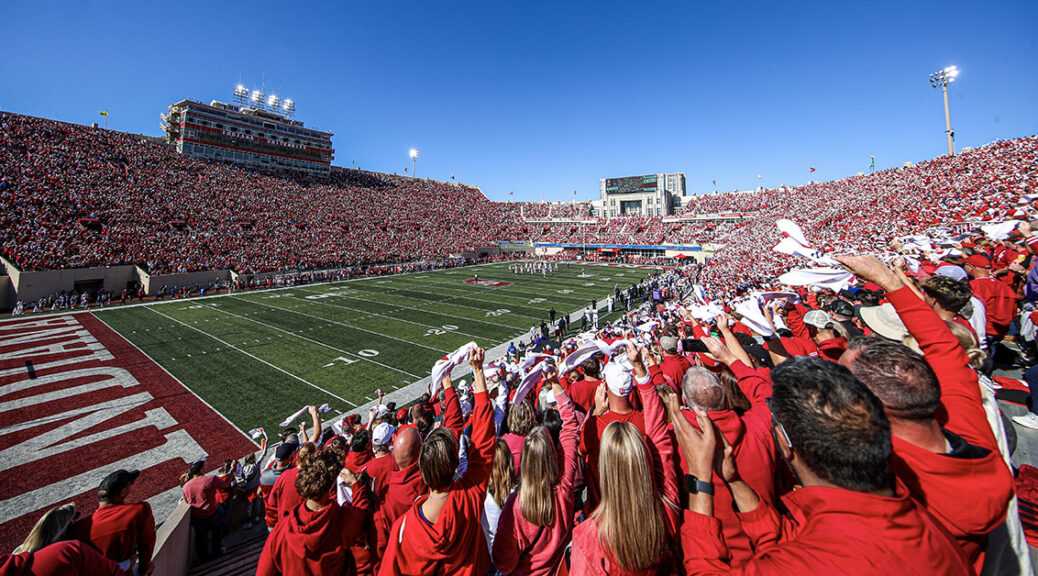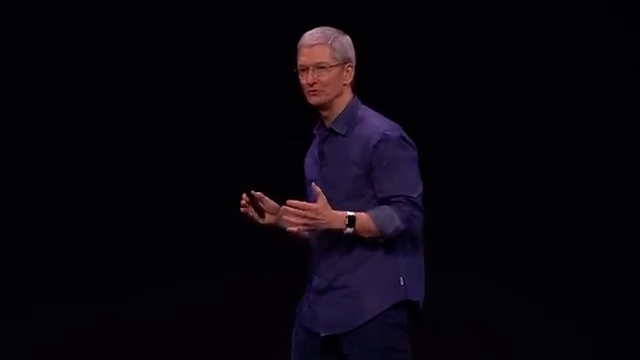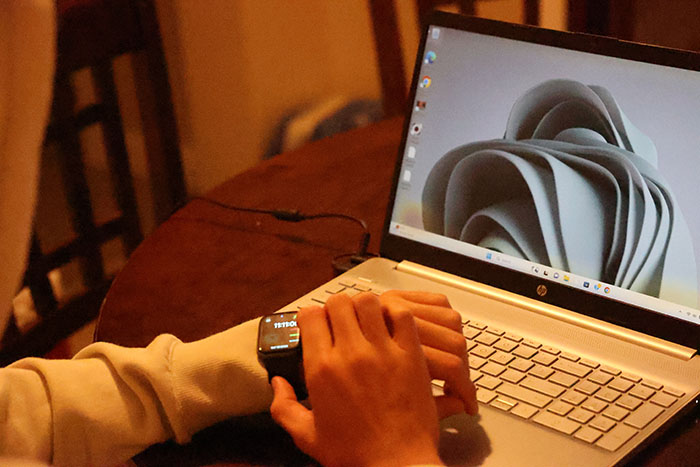How hefty investments are redefining the recruiting game
By Jaymi Curtis, Spencer Meyer and Jacob Fessler
BLOOMINGTON, Ind. (Nov. 5, 2024) – It’s late at night, May 31, 2024, and round after round of football recruits are walking onto the field of Memorial Stadium. Their objective? To get their pictures taken with a light blue Indy Car, the Indiana Hoosiers’ recruiting team has rented for the night. Each of the 13 high school athletes will make this one of many photo stops to end a long day of events carefully curated to convince these players to commit to the Indiana University football program. This is not a unique night, however. Multiple nights just like this go on every few weeks of the summer for the IU football program alone. These elaborate attempts to sign young athletes have always been around in one form or another, but with the 2021 ruling in favor of athletes being able to profit off of their name, image, and likeness, as well as subsequent rulings and new initiatives from athletics programs nationwide, spending on the recruiting process has skyrocketed.
When asked about the changes in recruiting due to name, image, and likeness, the Assistant Director of Strategic Initiatives for Indiana Athletics, Jason Gandhi, said,
“Every year since, there’s been a ton of changes to recruiting and how it’s done.”
With these changes, recruiters have had to adjust their process for recruiting athletes.
“We all know those numbers that get thrown around,” Gandhi added, referring to the excessive amounts of money offered to athletes; money that is now legally being given to athletes.
“There are some kids that get paid two mil from NIL just for signing,” said IU Women’s Soccer player Hope Paredes.
Paredes, being an IU athlete, knows many of the school’s biggest stars personally, giving her a front-row seat to the conversation of NIL deals all across the country.
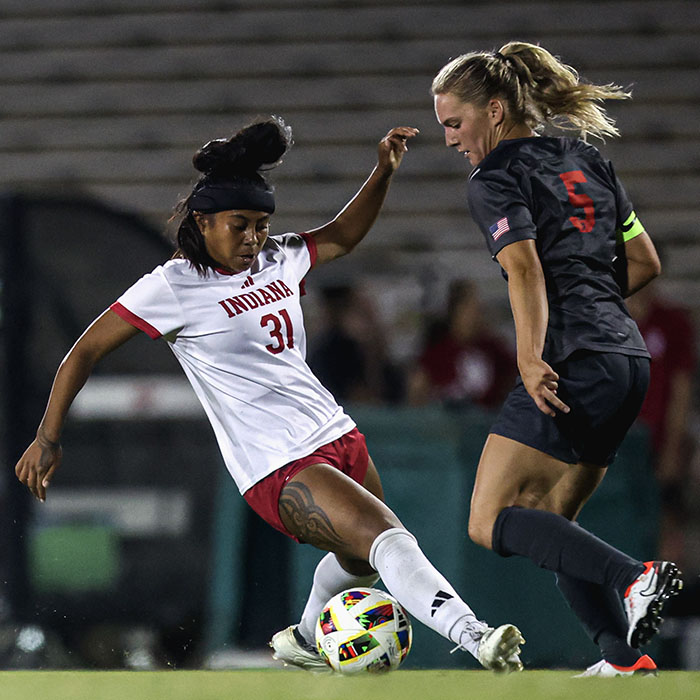
This comes with a caveat, though, as Gandhi points out,
“There’s no way to fact-check it right now,” then saying, “It’s the wild wild west out here.”
This is a sentiment shared across the sports media world.
“What is that player worth for our particular circumstances,” the director of the National Sports Journalism Center at IU, Dr. Galen Clavio, said during a press conference, the statement was regarding the mindset of athletics programs when settling on amounts that will be offered to athletes. He then adds,
“Allegedly, IU Men’s Basketball spent almost $4 million in NIL money bringing in players this off-season.”
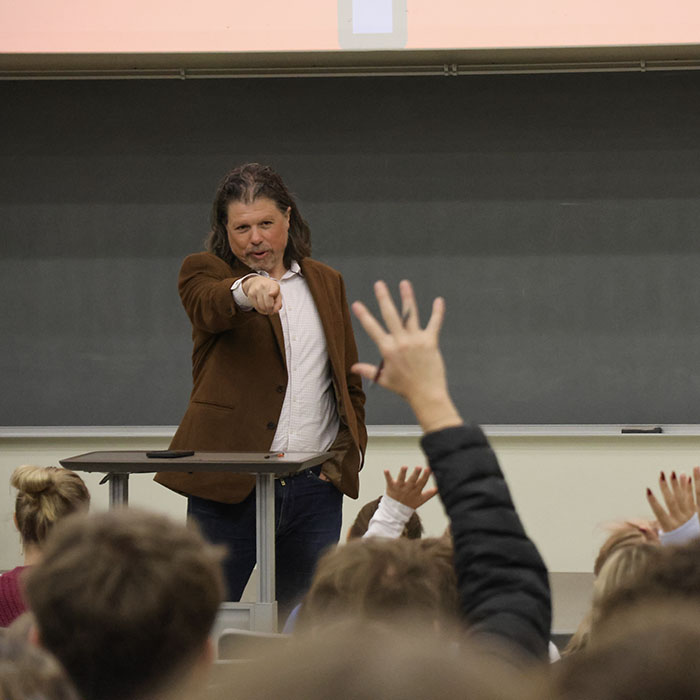
This raises yet another question: How will schools keep up with one another? Going forward, schools will have the ability to opt into $22 million in NIL money that will go towards paying athletes. As Dr. Clavio states,
“All of the big schools will opt into it because if they don’t, their competition will.”
This raises concerns for the athletic departments that are going to have to come up with this money that, as Dr. Clavio says,
“Already spoken for.” “There’s going to be a lot of people who don’t have jobs,” Clavio said.
Ethical questions have also been raised, as this will disproportionately affect smaller schools that don’t have the same budgets as schools such as IU or Alabama.
According to Gandhi, “It’s never really been all that equal,”
but this is not a helpless case, in his opinion. Gandhi brought up Gonzaga, a team that, whilst never having won a championship title, their basketball team did advance to the national championship game in both 2017 and 2021.
“Nobody knew who Gonzaga Basketball was 25 years ago, and now they are always in the conversation.”
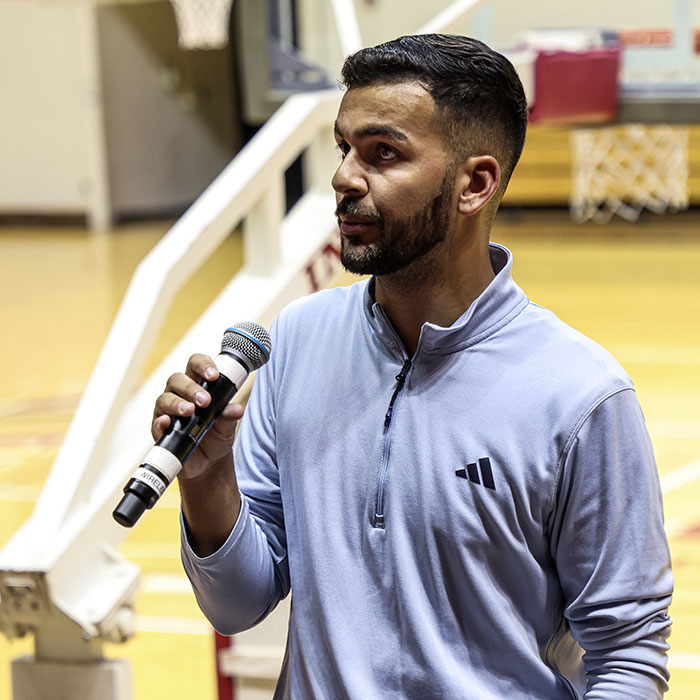
There have also been concerns raised over the possibility of schools recruiting athletes based on their potential as brand ambassadors under NIL as faces of their brand. When confronted with this concern, however, Dr. Clavio declared,
“I’ve yet to see a case where it’s happened.” Dr. Clavio added, “These coaches want to win.”
That being said, these coaches are, in turn, willing to shell out lots of money to the best athletes in their respective sports. This then leads to bidding wars where the athletes can be the ultimate benefactor, and as Paredes puts it,
“I think a lot are going to choose a place who is offering the most money.”
Bloomington residents reflect on the impacts of NIL on high school athletes. They believe that NIL shapes the way that college recruiters recruit high school athletes.
The downside to these bidding wars is that some athletes, namely Matthew Sluka and Jaden Rashada, have been given verbal offers that convince them to commit to a team, which they are then allegedly not paid for. Many of these students make these deals while still in high school, meaning they often have a lack of intricate knowledge of the laws surrounding business deals, leaving them susceptible to relying on verbal agreements to come to fruition.
###


